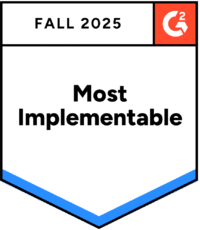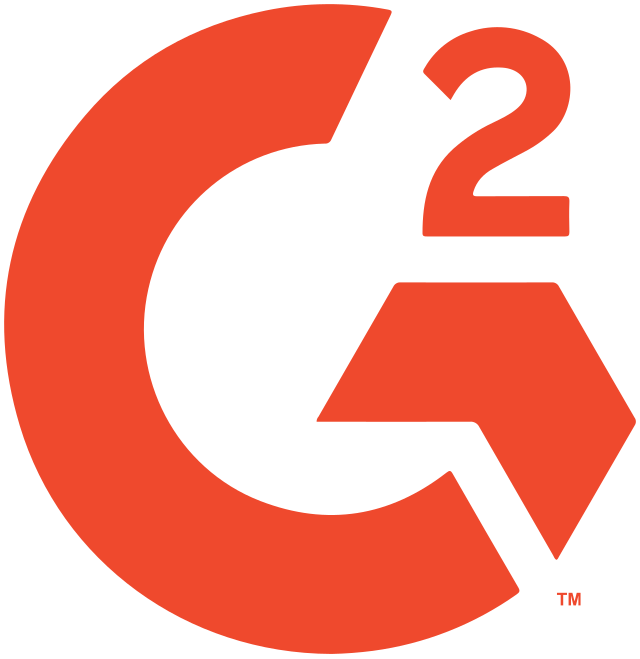redis Client
The Redis client to manage your NoSQL data
A TOP-PERFORMING Redis Editor
A reliable Redis editor
DbVisualizer has a long history of being a top-performing database editor.
It allows users to connect to Redis and run commands seamlessly within the SQL Commander. The functionality supports viewing keys in both flat and hierarchical views for greater flexibility.
MAVEN
Driver management via Maven
DbVisualizer always offers the most up-to-date driver for Redis. Using the driver manager, you can effortlessly connect to your data sources using drivers hosted on Maven, with various versions available.

AWARDS
Used and rated
by the best
Recognized by industry leaders and honored
across top review platforms!




FAQs
Redis is an open-source, NoSQL, in-memory key-value store known for its speed and support for data structures like strings, lists, sets, and hashes. It's commonly used for caching, session management, real-time analytics, and message queues.
A Redis client is used to connect to and perform various operations in the Redis in-memory database.
The Redis client is used to manage your Redis in-memory data source.
DbVisualizer has a driver manager built in that you can use to connect to Redis.
DbVisualizer has a visual query builder, that automatically generates SQL code as you drag and drop tables and select values to include. Redis is accessed with commands directly from the SQL Commander to read or manipulate in-memory data. It’s direct, fast, and different from SQL, more like working with structured key-based commands.
Download DbVisualizer, and connect to your Redis in-memory database. Try the Pro version for 21 days or buy the Pro version to get the full function set. You can also use the client for free with limited functionality.
Yes you can! DbVisualizer can connect to many different data sources to navigate and manage data.
DbVisualizer has support for Redis object types, you can see the full list of supported object types here.
DbVisualizer is built to make your life easier and you can easily customize the layout and functions to match your workflow. This list of features is supported in DbVisualizer for Redis.
Those different environment labels in which you work with your database does mean more or less the same thing. While a client indicates that you have a server elsewhere, the GUI refers to the graphical interface of the application. IDE refers to the larger "integrated development environment" and the editor refers to in actual part of the client in which you write your code. A workbench focuses more on the process of development itself. However, all of these have come to be synonym in how people refer to the application in which you do the actual coding.
Yes, for each database/data source you can see the tables, relations and custom objects that have been created.


